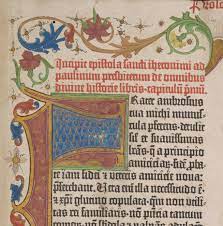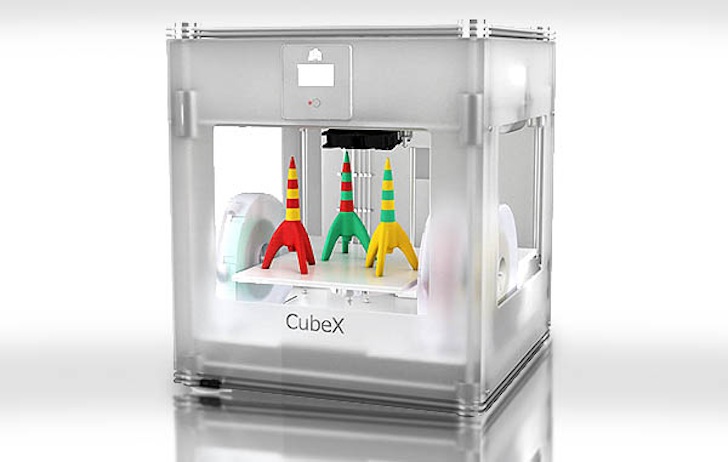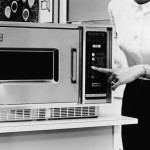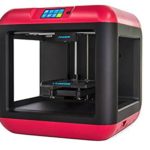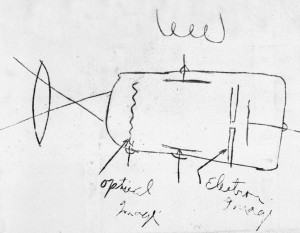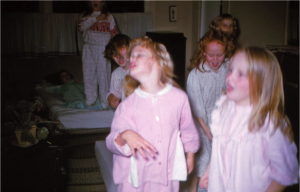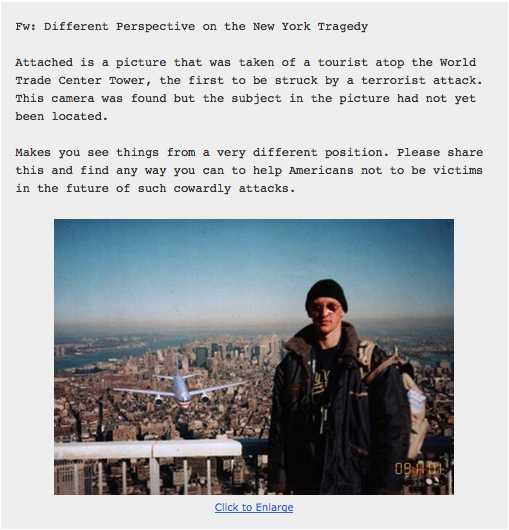In the short break between winter and spring quarters I noticed a rather odd and frightening change in our oceans. Barnacles started moving onto and clinging to all sorts of sea life.
Over and over again I saw videos of giant whales asking fishing boats, whale watching boats, and the Coast Guard for relief from the terrible barnacles.
For example, this gentle white whale asked a elderly gentlemen who just happened to be floating around in a boat in the Arctic Ocean for help. In this case, some “parasitic clams” took over this whales body. The old man tried his best using a knife and his hands but, ultimately, he pulled out his cell phone and called the local barnacle rescue team.
The rescue crew use brooms, scrapers, and high-pressure sprayers in an attempt to remove the “parasitic clams” but they just keep coming back. They try coating the whale with some type of white or blue goo in order to remove those pesky barnacles. And still they come back.
What’s weird is the barnacles seem to change color, size and form. At one point they even form a unique pattern on the whale’s head. Sometimes the brooms sweeping the barnacles off seem to be producing even more barnacles.
The other thing that changes is the relative size of the whale to its human rescue team. But I’m sure that’s just something to do with the camera lens, right? Finally, after working all night under the watchful eye of the old man, the whale is magically barnacle free.
That’s when the whale’s family shows up to thank the old man and the rescue crews.
And it’s not just whales in the Arctic. This blue whale communicates with the crew of this fishing boat that it needs a barnacle removal… and fast. So, the fishing crew pulls out its vast array of barnacle removal tools (now legally required on all ocean going vessels) and gets to work.
I do want you to pay attention to the relative size of the blue whale and the fishing boat. You might also see a difference in the barnacle color and size. And, its remarkable how trusting the blue whale is when it let’s the fishermen walk around on its back. At some points it appears the fishermen can even walk on water.
What’s scary is the barnacles have expanded their attacks to other creatures, like this mother polar bear. In this case, those nasty barnacles have actually drawn blood!
I’m so impressed by the rescue crews dedication. There they are standing on the deck of the ice cutter in t-shirts looking for the polar bear. I mean they have to be dedicated when the air temperature above the Arctic Ocean is generally between negative 30 degrees and negative 50 degrees Fahrenheit.
The mother polar bear puts aside her instinct to protect her two cubs in order to have these damnable barnacles removed. I did notice how the wound moved from the center of her body to the hind leg and then the shoulder. But I’m sure that has something to do with the camera lens, right?
After bandaging the mother polar bear up, the all sit around a warm and cozy campfire (built on an ice sheet) and spend the night together. But soon the rescuers must leave again to help sea turtles, giant squid and even cargo ships under attack by invasive barnacles.

In some cases crews use special aerial high-pressure scrubbing machines. As a farm girl, I felt so proud when they put a John Deere tractor on the job. And when the giant squid needed to be “de-barnacalized” they ran it through a car wash in the belly of the rescue ship.

And don’t get me started on the damn bees that terrorize bears in the forest. Or the large black beetles attacking giant snow cats. And then I discovered those damn barnacles have dug themselves onto sweet little penguins.

This has got to stop!
I don’t mean the barnacles, or bees, or beetles. I mean these AI generated videos have got to stop. While I do see a fair amount of “It’s fake!” comments, It scares me how many people actually believe what they’re seeing. I’ve read comments from people praising the good people caring for those sweet animals.
In truth, you will find barnacles on whales. According to the Marine Mammal Alliance Nantucket the barnacles “…can cause drag on the whale as it moves through the water or possibly a skin infection if they penetrate the skin too deeply, but for the most part they cause no harm.” MMAN says the barnacles can even be helpful during the whale’s “heat runs.” Rival male whales can use the jagged edges of the barnacles to scrape and cut their opponents.
The truth is a blue whale is large. Very large. Larger than the largest dinosaurs. In fact, the blue whale is considered the biggest animal to ever live on earth. I tried to find a relative size chart for humans and blue whales. All I could find compared an elephant to a blue whale. Still, it gives you an idea of the size of a blue whale. Somehow, it when you compare the ship and the people rescuing the blue whale the size difference is off… a lot.

So what’s the harm? I’ll admit, I laughed out loud when I watched some of these videos. The craziness can be quite entertaining. The problem is many of the groups who post these videos have names like “Wild Rescue Hub,” and “Arctic Sea Creatures,” and “Ocean Wild 1.” Each name insinuates they are good people, working for a good cause, and “couldn’t a good person like yourself donate money to our good cause?”
Basically, people (scammers) use these videos to make money. The more people watch the videos, the more money they make. I’ll admit it. While looking for videos and images for this blog I probably put a dollar or two in someone’s pocket.
People who actually work with whales and other animals say these videos can harm animals. Barnacles actually embed themselves into the whale’s skin so they don’t get washed off while the whale swims. Removing a barnacle from a whale would be very painful.
In the case of the sea turtles, turtle experts say very often the turtles in the videos are land turtles that someone has super glued barnacles to its shell. They also say while turtle shells may be hard, they are very sensitive. So, when the diver uses a knife to remove the barnacles it’s considered animal abuse.
My rant is just about over.
So, what have you seen or heard or read on media that just ticks you off? I’ve got a whole list of them, but I’m interested in hearing what kind of posts you run into that you feel are scams, hoaxes, or just plain cat-fishing. Or, on the flip side, is there something you’ve seen or heard or read that you believe is doing good in our world? Share it with me.
Post your answer to the Barnacles taking over the world… or at least its sea life… and maybe a few bears assignment.

